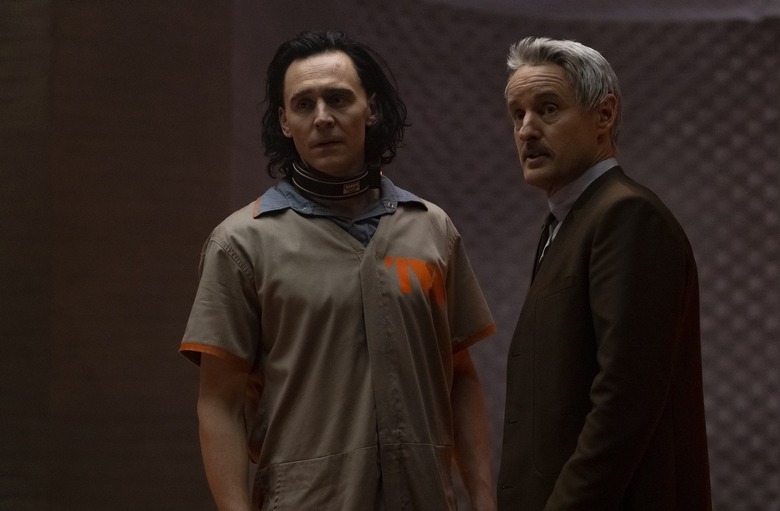'Loki' Just Solved A Big 'Endgame' Mystery, But Now We Have Even More Questions
Loki just premiered on Disney+, and it's the MCU Phase 4 show most fans have been dying to see. The new TV show isn't exciting only because Loki (Tom Hiddleston) returns to the MCU after that amazing but short appearance in Avengers: Endgame. We know from the trailers that the Time Variance Authority (TVA) arrested Loki for breaking the proper flow of time in his reality by escaping in Endgame, so it's clear that the TV show will deal with time travel and the multiverse. In other words, Loki is probably the kind of MCU adventure that Marvel fans will have to see before watching Spider-Man: No Way Home and Doctor Strange in the Multiverse of Madness. Both are supposed to be multiverse films, especially the latter, so Loki will offer us a much better explanation of what the multiverse really is as we get ready for those blockbuster releases. On top of all that, Loki is also expected to tie off the final loose end from Endgame — where did Loki go after escaping and before the TVA got to him?
It turns out that Loki tackles the Endgame connection right from the start of episode 1, providing a few key answers that will make us look at Endgame differently. Unsurprisingly, it also raises a few new questions along the way, which will hopefully be answered in the upcoming episodes. Before we dive in, I'll warn you that significant multiverse spoilers follow below.
'Loki' starts in the best possible way, giving us a chance to relive his escape in Endgame. We get great cameos from our beloved Avengers as we watch a new cut of the Endgame Time Heist in New York City. We learn that Loki escaped to the Gobi desert and that the TVA apprehended him the minute he landed there. Just like that, we're told that the TVA gets involved in the flow of time the second it deviates from where it's supposed to go. And we learn the TVA placed reset charges on that branch of time in order to reset everything.
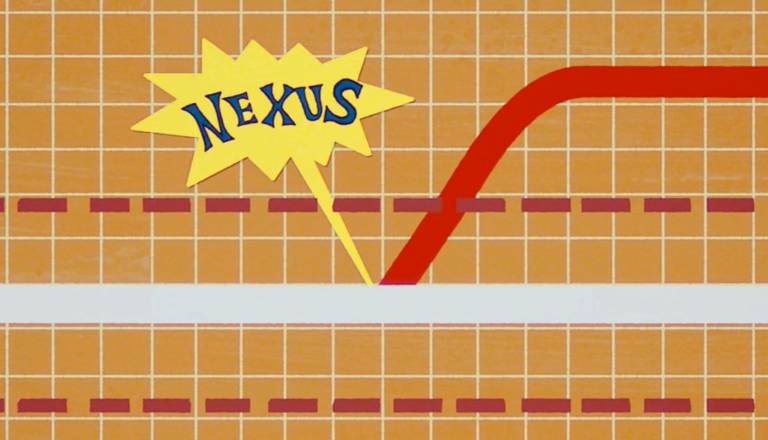
TVA animated infomercial from Loki TV series: A Nexus event creates an alternate timeline.
Later in the show, Loki faces judgment for interfering with the Sacred Timeline (seen in white in the images above and below). He blames the Avengers in a hilarious exchange with judge Ravonna Renslayer (Gugu Mbatha-Raw), revealing that he knew the Avengers had to travel back in time to fix whatever went wrong. Loki quips that the smell of Tony Stark's cologne is unmistakable, and he speculates they must have traveled back in time to prevent the actions of a future God-King version of himself.
That's when Renslayer tells Loki that the Avengers did not disrupt the timeline. Everything was supposed to happen that way. It's just Loki who wasn't supposed to steal that Infinity Stone.
This is a revelation with massive implications on the Infinity Saga. It tells us that the TVA allowed Thanos to inflict all that pain and carnage during his early "career" and then let him get the Stones and snap half of all living beings out of existence for five years, only for the Avengers to undo everything with the Time Heist. The TVA then allowed a different Thanos from a different reality branch to head into the future of the primary MCU timeline in an attempt to beat the Avengers at their own game. All of this was apparently predestined to happen, according to the TVA.
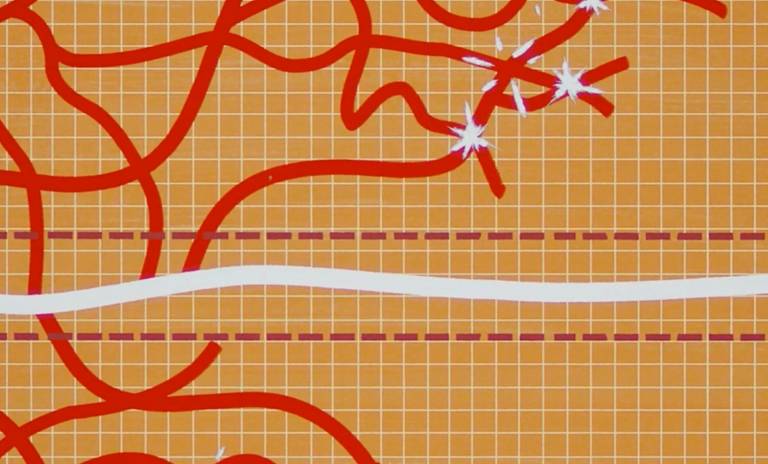
TVA animated infomercial from Loki TV series: Left unchecked, branched timelines can lead to multiverse chaos.
Remember, however, that Doctor Strange (Benedict Cumberbatch) told us in Infinity War that only one scenario from the more than 14 million future replays he saw would allow the Avengers to win. It's unclear how the TVA's revelations reconcile Strange's experience. It might be that the TVA ensures that everything goes according to plan for that one winning future that Strange saw, resetting the rotten branches to prevent instability in any other timeline.
But Strange would have no idea that all the other future versions can't or won't happen. Like I said before, Loki raises additional questions that will have to be addressed later on.
What's also interesting in episode 1 is the excellent infomercial that the TVA offers to all the beings who are awaiting judgment after causing a Nexus event. As you'll recall, a Nexus event is anything that would disrupt the natural flow of time as dictated by the Time Keepers, like Loki's decision to escape during the Time Heist.
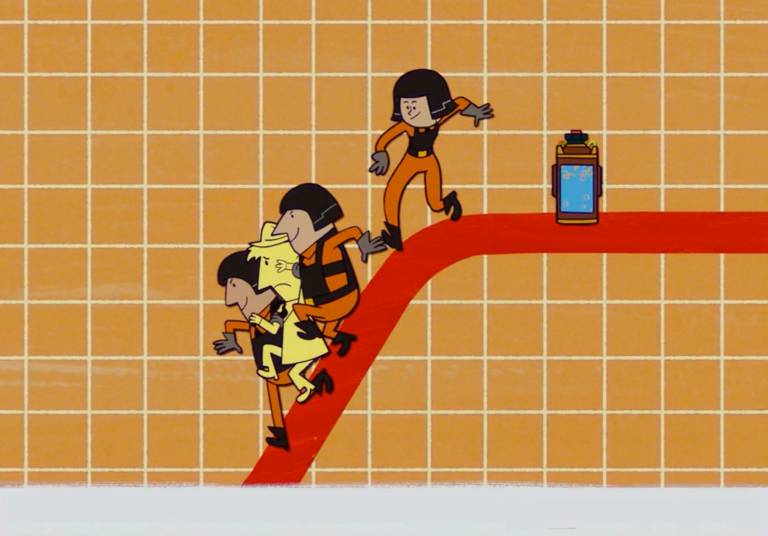
TVA animated infomercial from Loki TV series: The TVA captures a Nexus variant, placing a reset charge on the branch.
In that brilliantly animated and narrated video, we learn that the TVA monitors the flow of time and intervenes every time there's a Nexus event, using their charges to reset the new branch and fix the Sacred Timeline. The objective here is to avoid another multiverse of madness event — and that's brilliant foreshadowing for Doctor Strange 2.
The video also makes it seem like the Sacred Timeline is just a single reality, which contradicts Endgame. The Avengers branched off into various alternate realities during their Time Heist, including the one where Loki escaped. Say the TVA fixed them all; then we have a major problem right there. The TVA allowed Steve Rogers (Chris Evans) to retire in that alternate timeline and live a happy life. That implies the Sacred Timeline houses at least two different realities. Why would the TVA do that? Could the 2012 version of Loki be responsible for that?
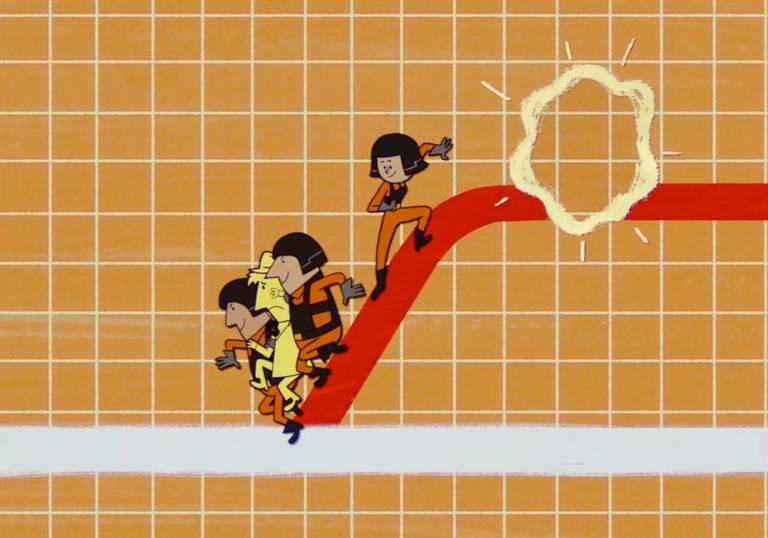
TVA animated infomercial from Loki TV series: Reset charges destroy Nexus branches.
The simplest explanation is that the Sacred Timeline is a concept of controlled time flow that can include a massive number of parallel realities, all of them occurring in a particular pre-approved order. It's only the divergent branches that can cause chaos that the TVA cuts down. To keep things simple, the TVA's infomercial might be implying the timeline contains just one reality. Or the TVA has its own agenda that we have yet to discover.
What is clear from episode 1 is that the TVA takes drastic measures to maintain proper time flow. It can reset the timeline and the deviant Nexus variants to restore order. And it can "prune" objects and beings out of existence. The sequence of events in the screenshots above from that TVA infomercial show how the TVA acts to restore balance. But episode 1 also tells us that a different version of Loki has been stealing Reset Charges from various places, which means that Loki is causing those branches to coexist.
What's also clear is that the TVA employs a massive number of people. The city that Loki admires serves the TVA, so the TVA must be managing an incredible number of realities. Even the animated information makes the timeline look like a thicker string comprising smaller strings/realities, all flowing in the same general direction.
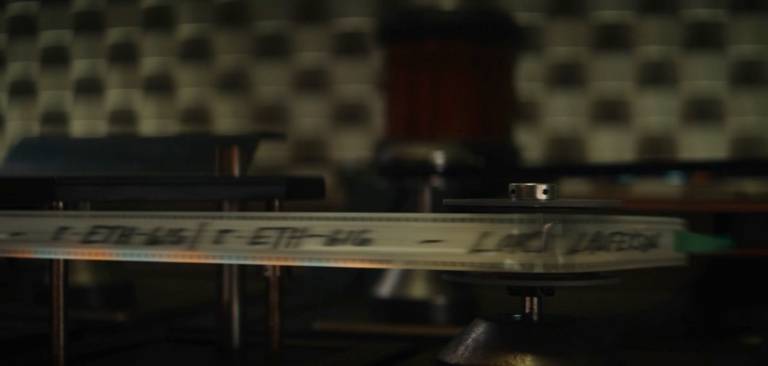
The end of TVA's video file on Loki tells the audience the clips apply to Earth 615 and Earth 616.
Also, let's not forget that the Loki tape that our troubled protagonist watches has Earth 616 (the primary MCU reality) and Earth 615 written on it. The events in the file apply to those Loki versions. That sort of filing system implies there might be more timelines allowed to coexist in the Sacred Timeline.
Episode 2 airs next Wednesday on Disney+, and we expect each new installment to provide additional clues about how time and reality are supposed to flow in the MCU.
